Evaluation of low-cost custom made VAC therapy compared with conventional wound dressings in the treatment of non-healing lower limb ulcers in lower socio-economic group patients of Kashmir valley
- PMID: 26654318
- PMCID: PMC4674953
- DOI: 10.1186/s13018-015-0314-5
Evaluation of low-cost custom made VAC therapy compared with conventional wound dressings in the treatment of non-healing lower limb ulcers in lower socio-economic group patients of Kashmir valley
Retraction in
-
Retraction Note: Evaluation of low-cost custom made VAC therapy compared with conventional wound dressings in the treatment of non-healing lower limb ulcers in lower socio-economic group patients of Kashmir valley.J Orthop Surg Res. 2017 Apr 20;12(1):62. doi: 10.1186/s13018-017-0558-3. J Orthop Surg Res. 2017. PMID: 28427404 Free PMC article. No abstract available.
Abstract
Background: Negative-pressure wound therapy is a technique to achieve wound healing in patients with non-healing wounds of the lower limb; vacuum-assisted closure (VAC) therapy is a technique to accelerate the healing of non-healing ulcers that fail to heal on their own (primary healing) (Plast Reconstr Surg 117:193-209S, 2006). Delayed wound healing or non-healing of ulcers is a significant health problem, particularly in older adults. The efficacy of VAC dressings has been demonstrated in several randomized controlled studies, which have shown significantly faster wound healing rates compared to conventional wound therapy (Lancet 366:1704-10, 2005; J Wound Care 17:426-32, 2008). However, commercially available VAC is costly. The aim of using custom made VAC was decided by our team due to lower socio-economic status of patients taken for study who could not have afforded charges of commercially available VAC unit.
Objective: Objective was to evaluate VAC therapy compared with conventional dressings in the treatment of non-healing lower limb ulcers in lower socio-economic patients.
Methods: Sixty patients of lower socio-economic status aged between 40 and 70 were prospectively studied for non-healing ulcers Wagner grade 2 or 3 and randomized into 2 groups. VAC dressing was kept for over a period of 2-7 weeks. Ulcers were treated until the wound closed spontaneously, surgically or until completion of the 50-day period, whichever was earlier.
Results: By seventh week, discharge disappeared in 96 % in VAC and only 54 % in conventional dressing group. Granulation tissue appeared in 100 % of patients in VAC group and only 63 % in conventional dressing group. The patients treated with VAC dressing in our study showed comparable wound reduction capabilities with an average wound size reduction of 56 % in comparison to conventional dressing group which had average wound size reduction of 29 %. Majority of wounds in VAC group got closed in 7 weeks. Patient satisfaction was excellent in the majority of patients in VAC group compared to those in conventional dressing group.
Conclusion: The application of VAC™ had shown good results in our study.
Figures
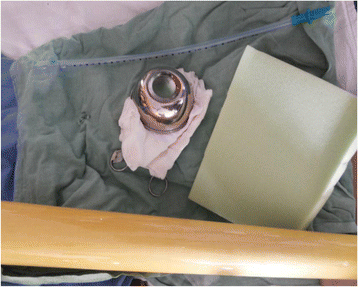
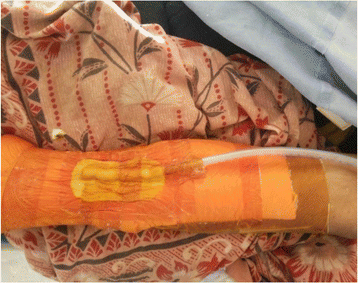
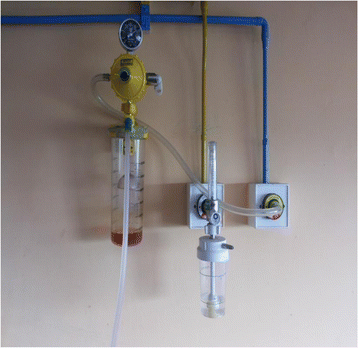

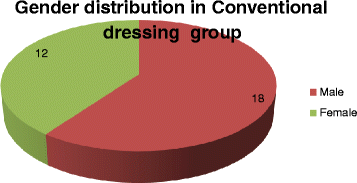
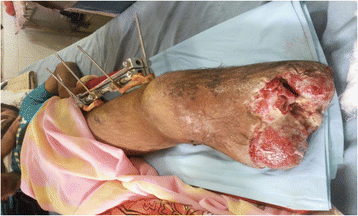
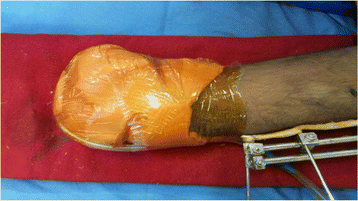
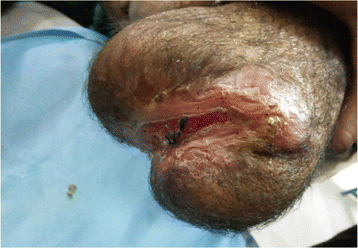
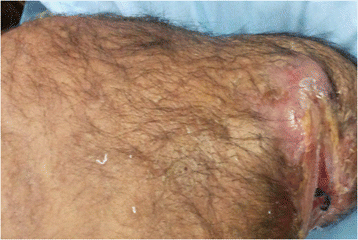
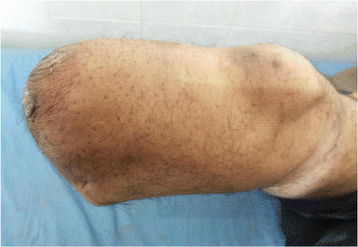
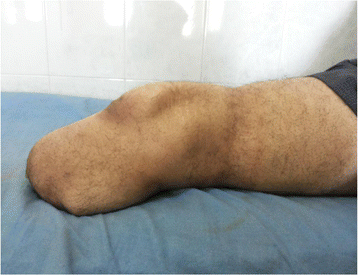
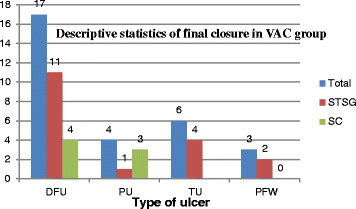
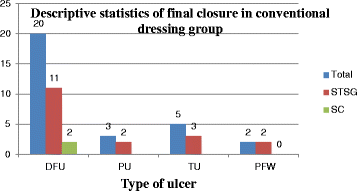
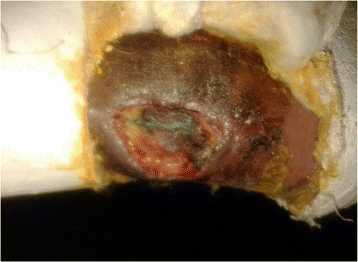
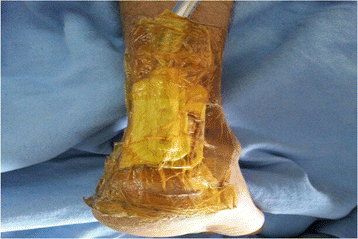
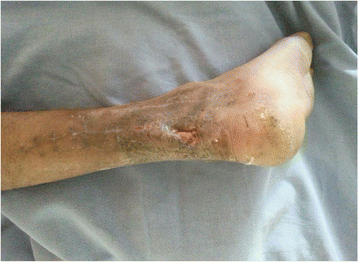
References
Publication types
MeSH terms
LinkOut - more resources
Full Text Sources
Other Literature Sources
Medical

